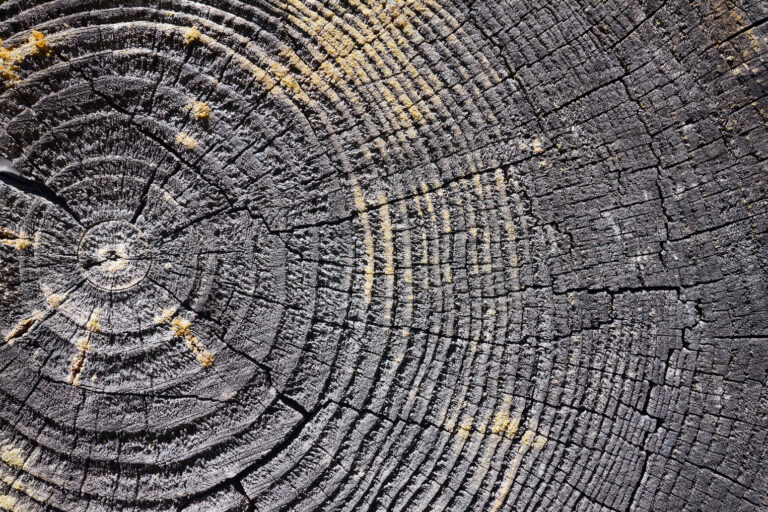Vitamin D and Sarcopenia
Summary
There are critical dietary factors that can alter the outcome of sarcopenia, including protein, specific amino acids, and vitamin D.
Sarcopenia is defined as an age-related or obesity-related reduction in muscle mass and ability. Wide variation in the prevalence of sarcopenia has been reported, generally ranging up to 45 percent for men and 26 percent for women.1 Muscle loss starts around age 30 to 60 at a rate of about one to two percent annually and increases after age 60 to three to five percent.2 Sarcopenia has critical dietary factors that can alter its outcome including protein, specific amino acids (branched chained amino acids), and vitamin D.3
Vitamin D influences muscle metabolism and response to external factors, the mechanisms whereby this hormone acts on skeletal myofibers are still under debate. Vitamin D is performing through binding to specific receptors (vitamin D receptors: VDRs) located on the cell surface and in the nucleus. The activation of nuclear VDRs activates a genetic pathway that affects the transcription of target single nucleotide polymorphisms (SNPs) associated with calcium uptake, phosphate transport across the cell membrane, phospholipid metabolism, and the initiation phase of inflammatory to produce cytokines. The interaction of vitamin D with membrane-bound VDR triggers a non-genomic pathway that regulates the release of calcium into the cytosol, necessary for muscle contraction, and stimulates protein synthesis.4
Levels of 25(OH) vitamin D decline extensively in the northern part of the United States with aging and insufficient vitamin D levels in older persons. Low vitamin D levels are associated with reduced muscle strength. Replacement of vitamin D in persons with low levels increases strength and function, and decreases falls. Vitamin D replacement is associated with lower mortality. Obtaining sufficient vitamin D from natural food sources alone is difficult. Aging also provides a risk of vitamin D suboptimal to deficient level due to changes in the skins ability to synthesize vitamin D.5 Older adults and obese individuals are less likely to spend enough time outside and may not consume enough vitamin D from foods. Levels of 25(OH) Vitamin D decline longitudinally with aging. Numerous studies have reported inadequate vitamin D levels in older persons. Deficiency in vitamin D levels may lead to weak muscle strength.6
When treating patients with sarcopenia the 25(OH) vitamin D levels should be measured in all patients. The current recommended RDA for individuals over the age of 70 should be 800 IU/daily.6
The recommendation is difficult to achieve with sun and food for many older adults. The supplement aisle is confusing for many, especially when deciding on D2 or D3. If you are a vegetarian, it is difficult to meet the needs even with supplements, as D3 usually comes from an animal source from fish, lanolin (sheep wool), and lichen. In the winter months, it is critical for most older adults to consider a D3 supplement.
- Morley, J. E., Baumgartner, R. N., Roubenoff, R., Mayer, J., & Nair, K. (2001). Sarcopenia. Journal of Laboratory and Clinical Medicine, 137(4), 231-243. doi:10.1067/mlc.2001.113504
- Morley, J. E., Argiles, J. M., Evans, W. J., Bhasin, S., Cella, D., Deutz, N. E. P., et al. (2010). Nutritional recommendations for the management of sarcopenia. Journal of the American Medical Directors Association, 11(6), 391–396. http://doi.org/10.1016/j.jamda.2010.04.014
- Evans, W. J., Morley, J. E., Argilés, J., Bales, C., Baracos, V., Guttridge, D., Anker, S. D. (2008). Cachexia: A new definition. Clinical Nutrition, 27(6), 793-799. doi:10.1016/j.clnu.2008.06.013
- Perry, H. M., Horowitz, M., Morley, J., Patrick, P., Vellas, B., Baumgartner, R., & Garry, P. J. (1999). Longitudinal changes in serum 25-hydroxyvitamin D in older people. Metabolism, 48(8), 1028-1032. doi:10.1016/s0026-0495(99)90201-9
- Calvani, R., Miccheli, A., Landi, F., Bossola, M., Cesari, M., Leeuwenburgh, C., … Marzetti, E. (2013). Current nutritional recommendations and novel dietary strategies to manage sarcopenia. The Journal of Frailty & Aging, 2(1), 38–53.
- Office of Dietary Supplements – Vitamin D. (n.d.). Retrieved November 05, 2017, from https://ods.od.nih.gov/factsheets/VitaminD-HealthProfessional/







